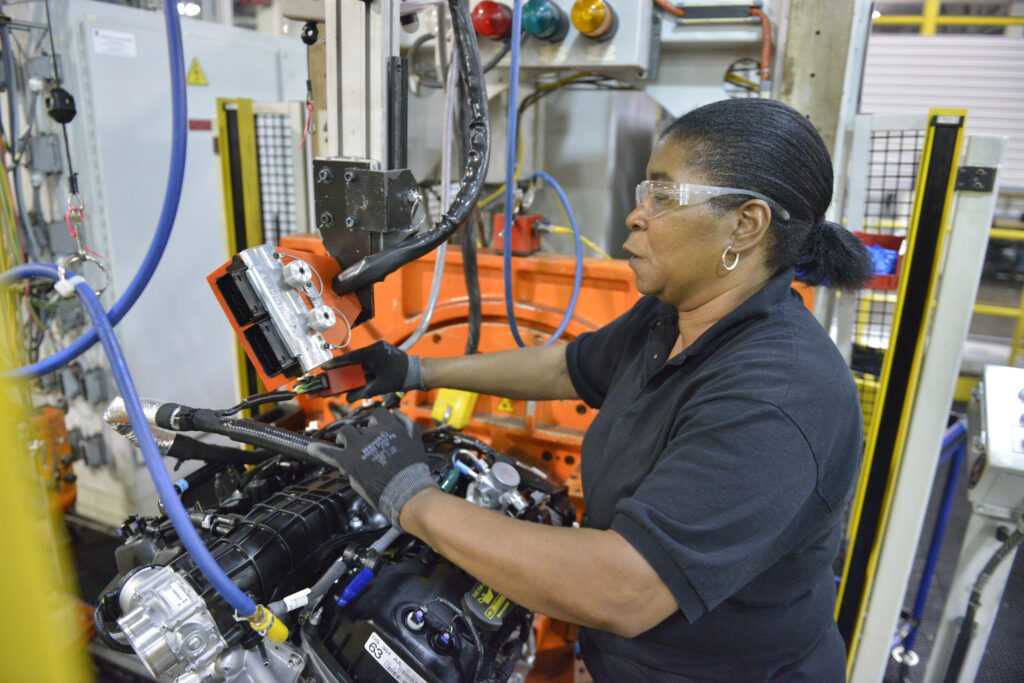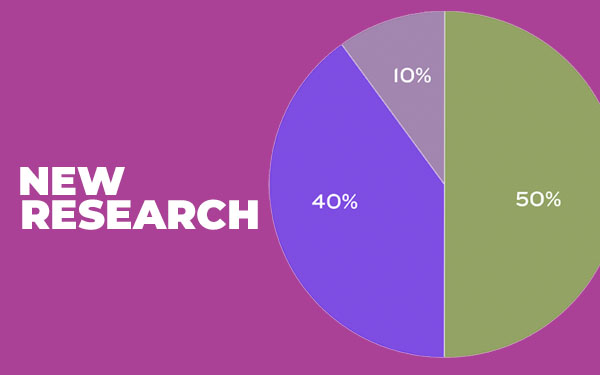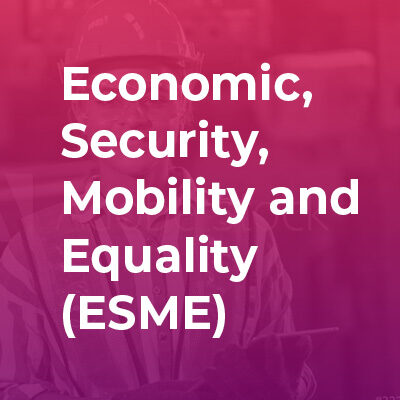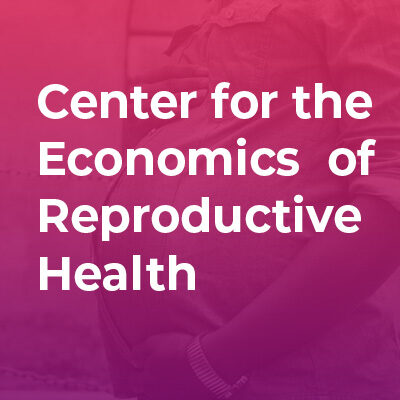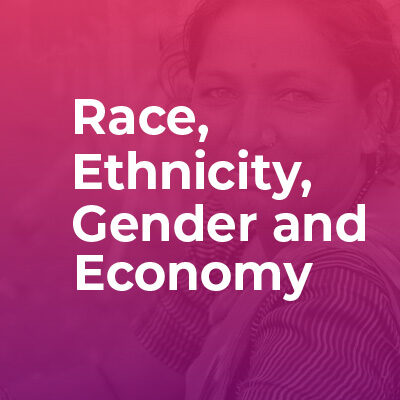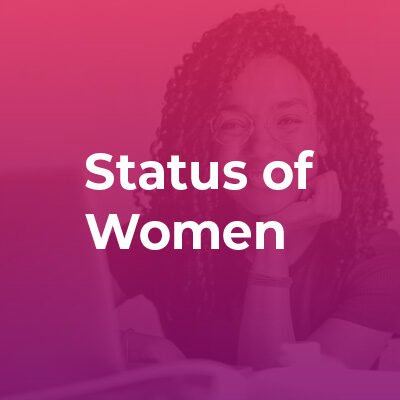
![]()
THE ECONOMIC AND WORKFORCE IMPACT OF RESTRICTIVE ABORTION LAWS
This report examines the far-reaching economic effects of the 2022 Supreme Court decision in Dobbs v. Jackson Women’s Health, which overturned Roe v. Wade and gave states the authority to ban abortion. By 2023, nearly half of the 49.5 million prime working-age women in the United States lived in states with severe abortion restrictions, including 17.6 million in states with outright bans. These policies have profound economic consequences for women, employers, and the overall economy.
![]()
GENDER AND RACIAL WAGE GAPS WORSENED IN 2023 AND PAY EQUITY STILL DECADES AWAY
In 2023, women working full-time year-round made 82.7 cents per dollar earned by men (a wage gap of 17.3 percent), a significant worsening of the earnings ratio compared to 84.0 cents per dollar in 2022 (a wage gap of 16.0 percent). Read more from the latest fact sheet.


![]()
STATES THAT BAN ABORTION COST THE US ECONOMY $68 BILLION ANNUALLY
We all know reproductive rights—including accessible abortion care—are essential to women’s full participation in society. Less talked about is the impact these draconian laws have on the health of the national economy, where women are half of the workforce. IWPR’s analysis measures the staggering costs to state economies and businesses when they severely restrict access to reproductive health care.
![]()
ADVANCING EQUITY IN ATTAINMENT FOR BLACK SINGLE MOTHERS IN COLLEGE: UNDERSTANDING THEIR NEEDS AND SUPPORTING THEIR SUCCESS
IWPR’s latest report provides insight into how college settings promote or inhibit the success of Black single mother community college students, how Black single mother students engage with institutional resources, which of these resources they find beneficial, and how institutional resources can better serve their needs.


![]()
BLACK WOMEN HAVE MADE MAJOR GAINS IN HIGHER EDUCATION, BUT BLACK SINGLE MOTHERS STILL STRUGGLE TO ATTAIN DEGREES
This fact sheet aims to provide college leaders, student parent advocates, and policymakers with data to better understand the landscape for Black single mother students on a national level and prompt considerations for racial and gender equity and investments in institutional resources and supportive services.
![]()
UNDERWATER: STUDENT MOTHERS AND FATHERS STRUGGLE TO SUPPORT THEIR FAMILIES AND PAY OFF COLLEGE LOANS
Student parents often face enormous financial barriers to academic success. They report high financial insecurity including issues with food, housing and other basic needs that may result in leaving college early without a credential, which has implications for future earnings. Check out IWPR’s latest research on this often-overlooked population.
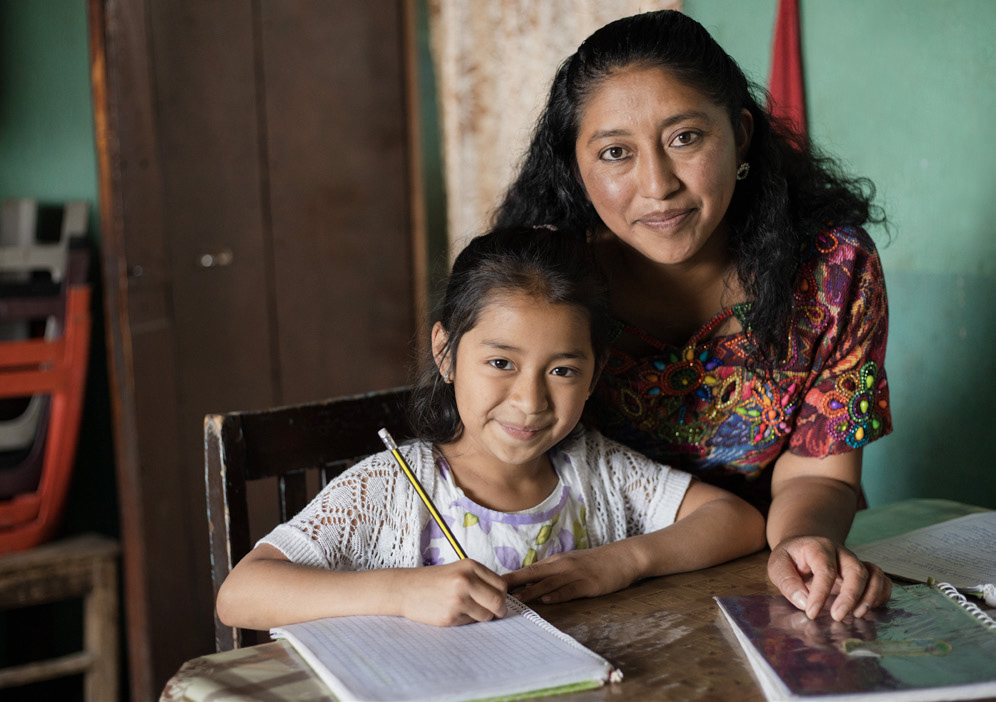

![]()
The Status of Women in Florida Reproductive Rights
This White Paper provides an overview of reproductive rights in Florida. The report outlines the historical and political context of reproductive rights in the state and summarizes key data and outcomes. The report concludes with policy recommendations and areas for future research.
![]()
Advancing Women in Manufacturing: Perspectives from Women on the Shop Floor
Careers in manufacturing can provide high earnings and good benefits. After years of decline,the manufacturing industry is growing again. Manufacturing employs one in ten workers in the United States but fewer than a third of workers are women,and women are particularly underrepresented in many higher-earning shop floor positions that typically do not require a four-year college degree.
